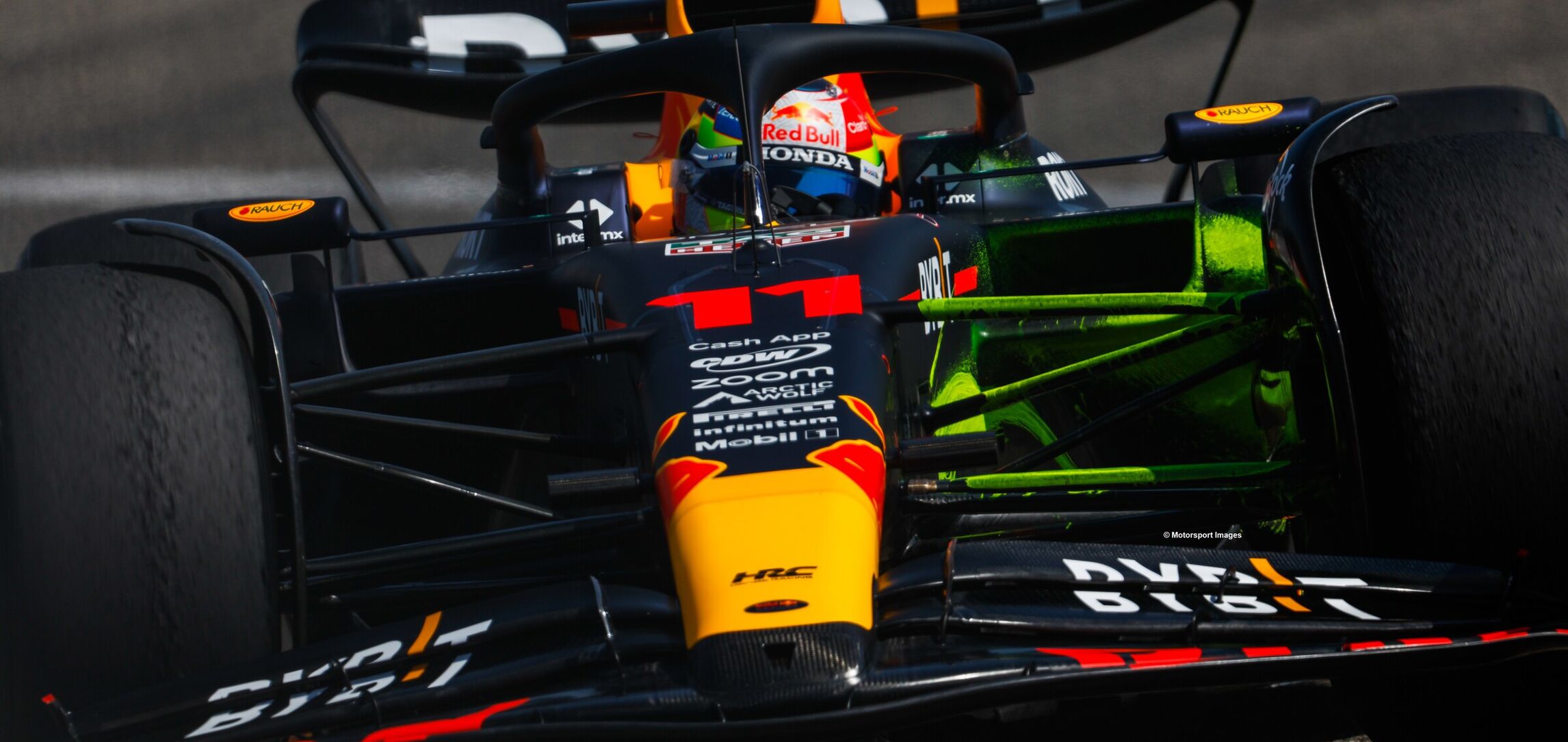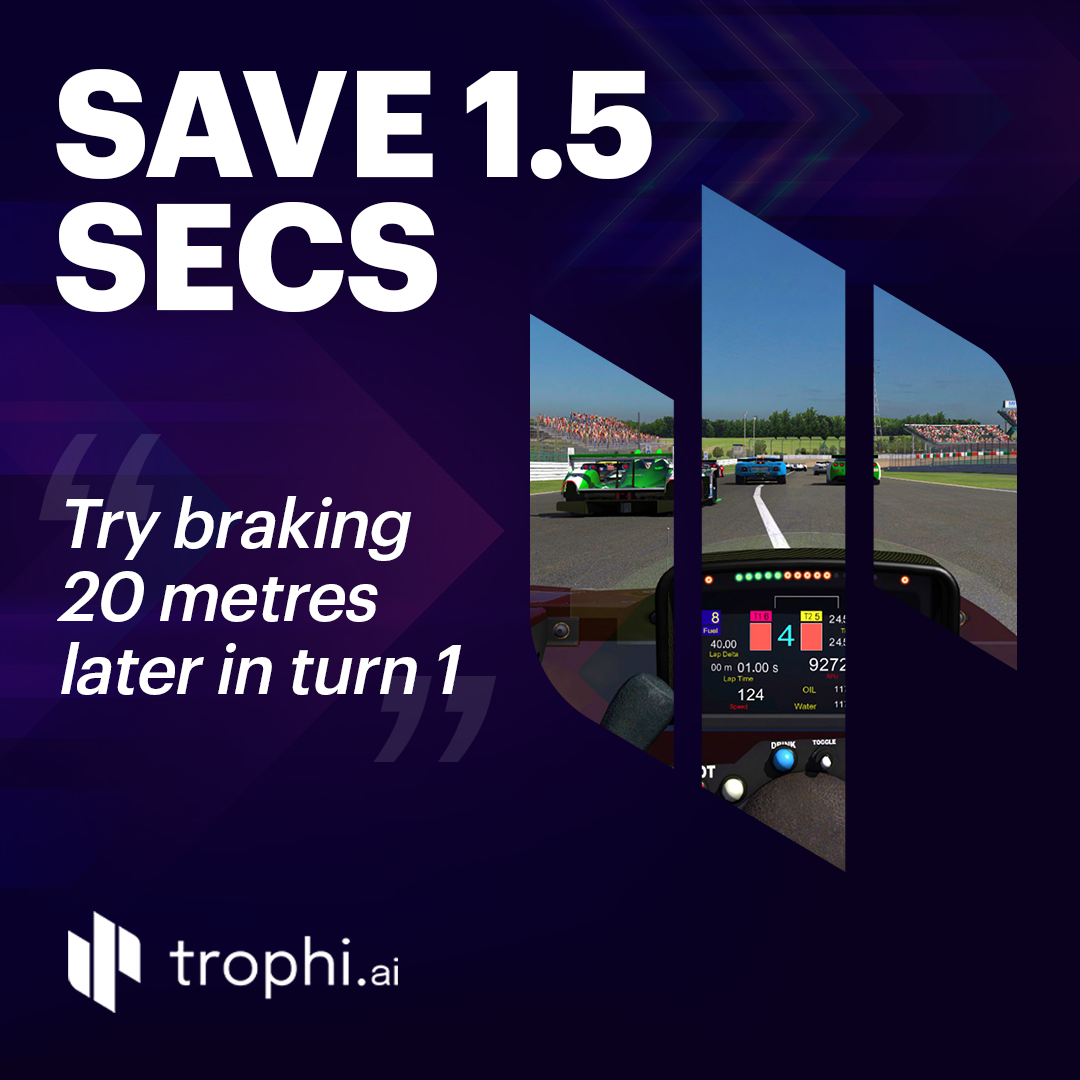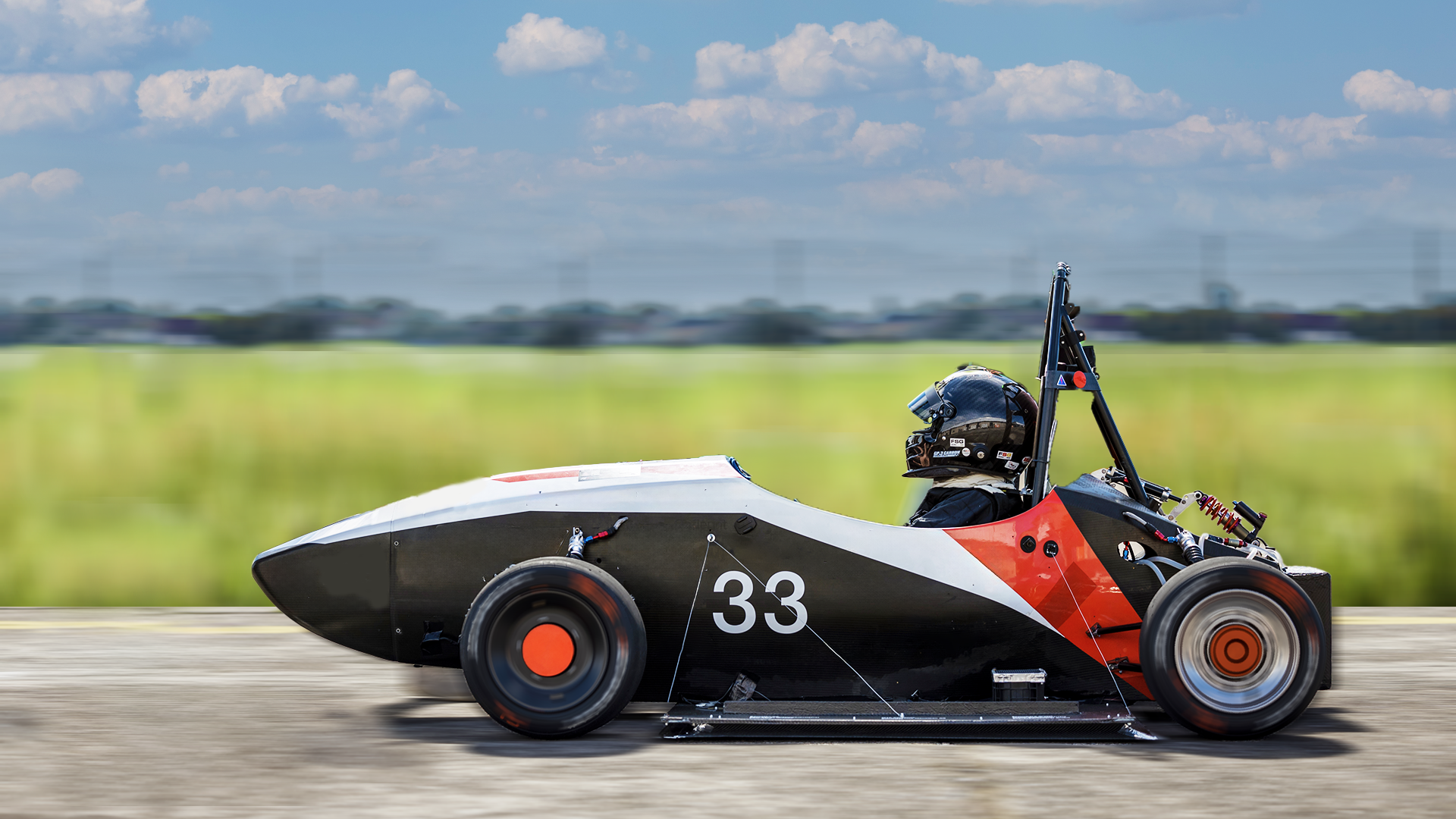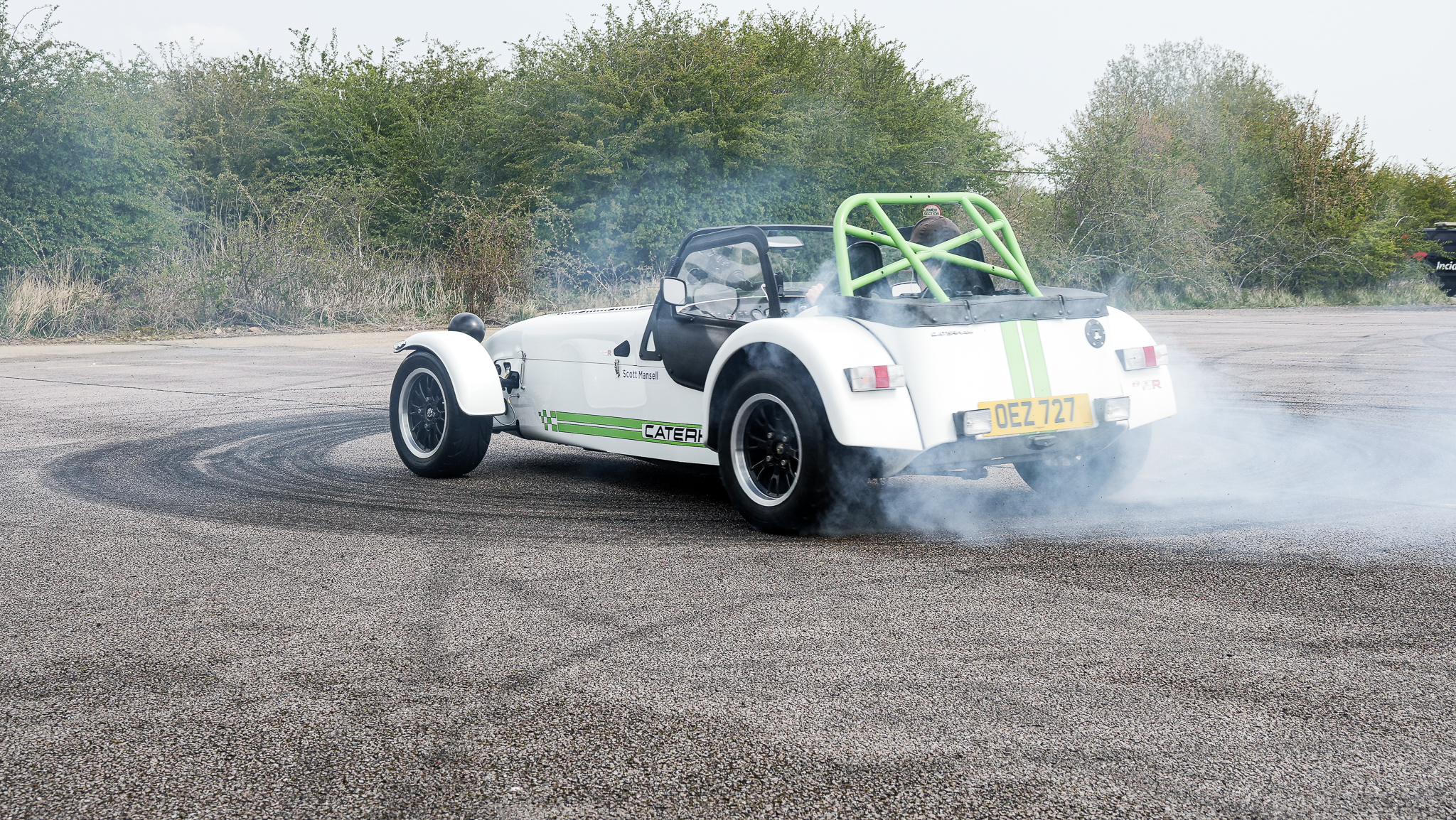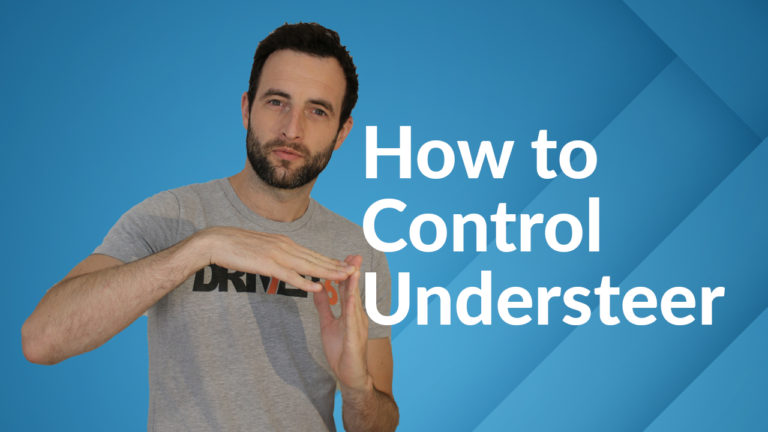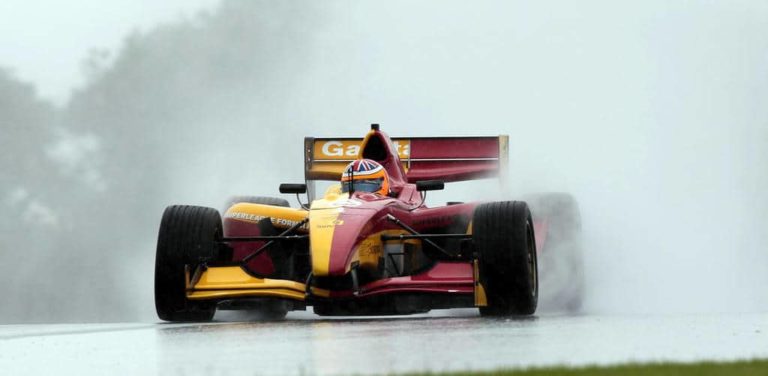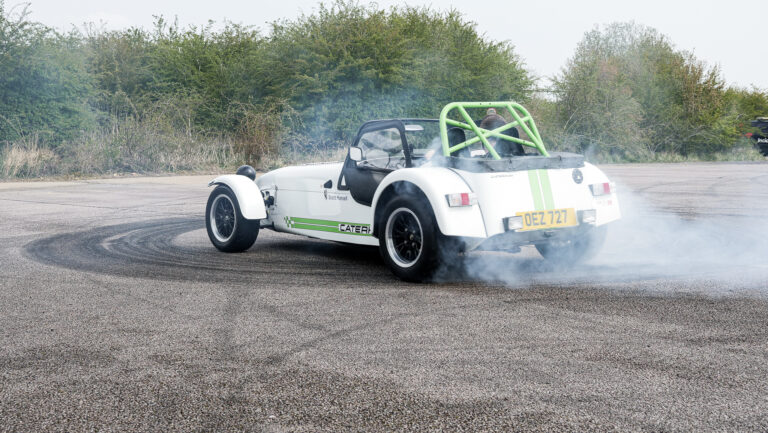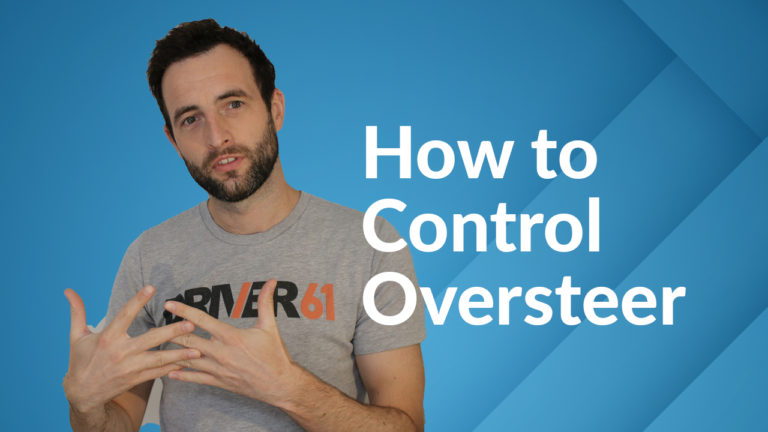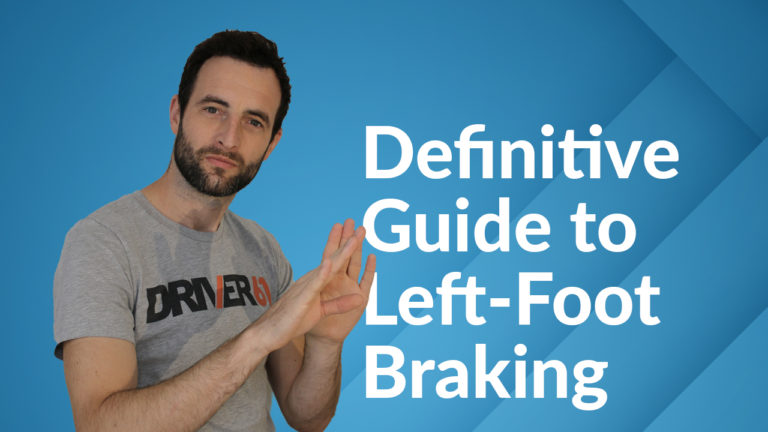Maximising the Braking Phase
Today’s tutorial focuses on explaining the braking phase, and more importantly how we change our technique to optimise this section and reduce lap time.
Welcome to tutorial #12 in our Driver’s University series. In the next four tutorials, we’re going into detail about each phase of a corner.
We’ll be covering: the braking, entry, mid-corner and exitphases to help understand what’s happening during each section and how we can improve.
Today’s tutorial focuses on explaining the braking phase, and more importantly how we change our technique to optimise this section and reduce lap time.
I’ve already spoken about braking technique and trail braking in other tutorials, but in this article, we’re concentrating on how to push yourself to improve the braking phase and carry optimum speed all the way into the apex.
This will result in a small improvement at the corner in question – improve at every corner on a lap and you’ll see a massive reduction in lap time.
Go in Fast, Come Out Fast!
“Go in slow, come out fast” is a phrase everyone at the circuit has heard, and it’s true to an extent, but you have to understand that if you go into a corner too slowly, you’ll be losing lap time.
Go into a corner too slow, below the capabilities of your car (the grip threshold) and you’ll never be able to make the speed back up again.
Going into a corner too slowly is often a pain point for many beginner drivers.
It’s especially true in fast corners, where it requires more skill to enter quickly. Unfortunately, it’s also more important to carry the maximum speed possible into a fast corner, as the rate of acceleration decreases the faster you travel.
The other issue beginners can have with over slowing the car, is that they realise it as they come into the apex. Then, they’re anxious to get on the throttle, and most do too soon.
Here’s what happens when you over slow a car:
- The driver brakes a little too early
- The car decelerates (actually too much)
- As the car approaches the apex, the driver realises he’s going too slowly
- He jumps off the brakes and tries to make up the speed difference by getting back on the throttle
- The sequence of inputs is out of line and the car’s weight is transferring when it shouldn’t
- The driver loses a lot of lap time
So, it’s clear we need to carry as much speed into a corner as possible, but how do we know how much entry speed we can take?
It takes a bit of experience, but what you should do is build up over a number of laps, carrying more and more speed into the apex until it begins to cost time on the exit.
Once you’ve overstepped the mark a little on the entry, you’ll need to bring things back under control so we can carry the speed through and get a good exit.
Carrying Maximum Speed into a Corner
It seems that if we want to carry more speed into a turn, we should just brake later. While this can help, improving throughout this phase is not that simple.
The first question to ask is why are we over-slowing the car in the first place? Why are we decelerating so much?
We slow down to a certain speed for a corner because of how fast we think we can go through it. It’s a mental thing.
I’ve coached many drivers who have had to work really hard to get over this mental barrier, where they underestimate the speed they can carry into a corner – especially the fast ones.
As a coach, I need to do more than simply tell my driver to brake later. They will either ignore me completely or brake later, but with more force and so end up at the same apex speed.
With the latter, the car will also feel more unstable. Imagine a fast corner where we only need to brake lightly as we enter. Braking later and harder here will stand the car on its nose and disrupt the balance of grip – making the car feel very light at the rear. Clearly, this is not what we need when we’re trying to enter faster.
We need to get the driver over this mental block.
It’s a fundamental technique, but having good vision is also critical to proper entry speed. If a driver is not looking towards the apex before they enter, it’s impossible to know exactly how much speed to carry in.
It sounds simple, but it’s the most common and most important mistake drivers make. So, make sure you’re looking a long way ahead of yourself, especially in the fast corners.
For any driver that is relatively close to my lap time, I’ll strap them into the passenger seat and take them out for a few laps.
This helps the driver acclimatise to the extra entry speed we need to carry and also feel the amount of deceleration we’re putting the car through – usually much less than they are. Once they understand it’s possible to enter the corner at a certain speed, they often make good progress.
What Happens When I Carry More Speed Into a Corner?
The diagram below shows a comparison of two drivers – one taking decent speed into a turn (blue speeds) and the other carrying the absolute maximum speed (red speeds) into the same corner.
The rate of deceleration is the same for both drivers, but the red driver brakes a little later. This means the red driver makes up some time on the brakes, due to the difference in braking point, but more importantly he carries 5 mph more all the way to the apex – and beyond.
Carrying this extra momentum means that we have not over-slowed the car, can keep the order of inputs correct and continue to take the speed all the way through the corner. Combine all of this and you’ll see a big difference in lap time.
In Summary
This first section of the corner is tricky to get right, but the gains in lap time are apparent. First, get your vision right – you’ll always be off the pace if this isn’t cemented in your brain.
If you have a coach, use him to show you what the car’s capable of, both in real time in the passenger seat and by comparing data. This’ll show you that those extra few mph of entry speed are possible and you can brake a little later or lighter.
If you don’t have a coach, you should try to be conscious of how the car is moving through the corner entry: is the car sliding at all? If not, you need to enter more quickly. If it is, is the movement at the front or rear? Can we change our technique to find a better balance?
Answer these questions and you can self-coach yourself to being faster. Having said that, you’re on track progression will always be drastically quicker with a good driver coach.
That’s all for today’s tutorial; I hope you learnt something and can apply it to your track driving. If you did, please share it with your social media. Thanks for reading and see you for the next tutorial, Scott.




